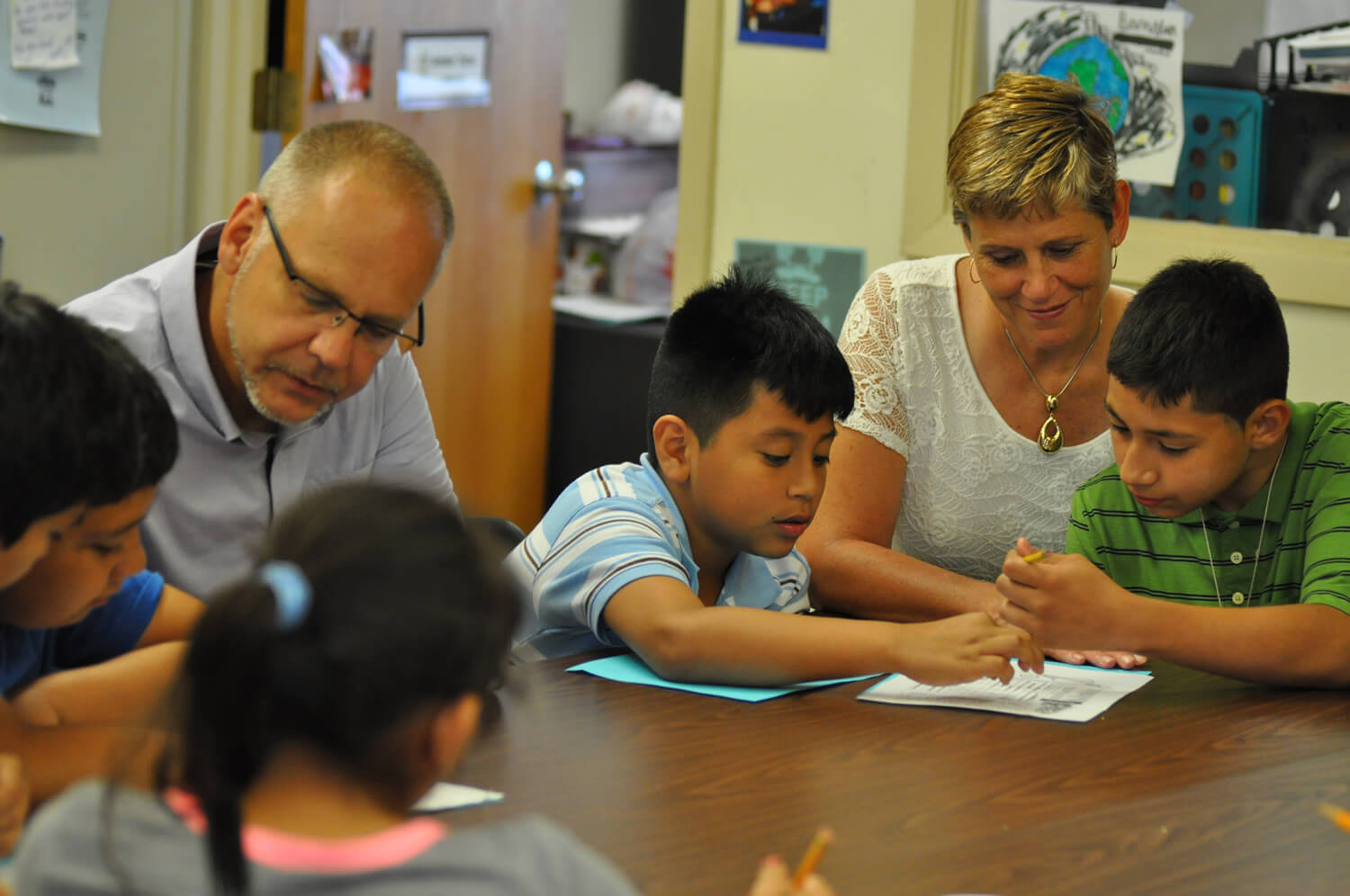(Part 2 of 4)
Part 1 of this series introduced the idea of focusing on assets rather than liabilities when doing community development. This begs the question, “What is community development?”
Community refers to a contiguous geographic space and the residents of that space. East Phillips, a community, is located inside an ecology of social systems (e.g., City Hall, corporate business and educational systems), where these systems both actively and passively are involved in its creation, sustainment, and (re)development. Individuals, families and groups in East Phillips do have agency and determination. However, the degree of agency is inextricably linked to the larger systems of life and the access to other assets.
Development has to do with the increase ownership of and access to various assets or capitals. Economists Ronald Ferguson and William Dickens identity five different capitals: 1) physical (e.g., cell phone, PC and car), 2) financial (e.g., checking account, access to credit, wealth), 3) human (formal education, experiences relevant to employment opportunities, skills sets, and character), 4) political (ability to join others and get your voice heard in the political arena so that your group can influence and/or make decisions), and 5) social (“norms, shared understandings, trust, and other factors that make relationships feasible and productive”), where productive is thought of in terms of “education, economic opportunity, and social mobility,” and addressing group concerns.
Ferguson and Dickens define community development as a process that fosters “capacity building both inside and outside of neighborhood boundaries [which] produces assets that improve the quality of life for neighborhood residents.” Long-time consultant on and analyst of economic development Sean Zielenbach writes that community development is the “improvement of economic conditions for existing residents and the re-integration of the neighborhood into the market system.” I agree with these ideas. And so we must keep in mind the components of community development—geographically-based place and people, assets and re-integration.
Part 3 will elaborate on social capital and the importance of alliances.

